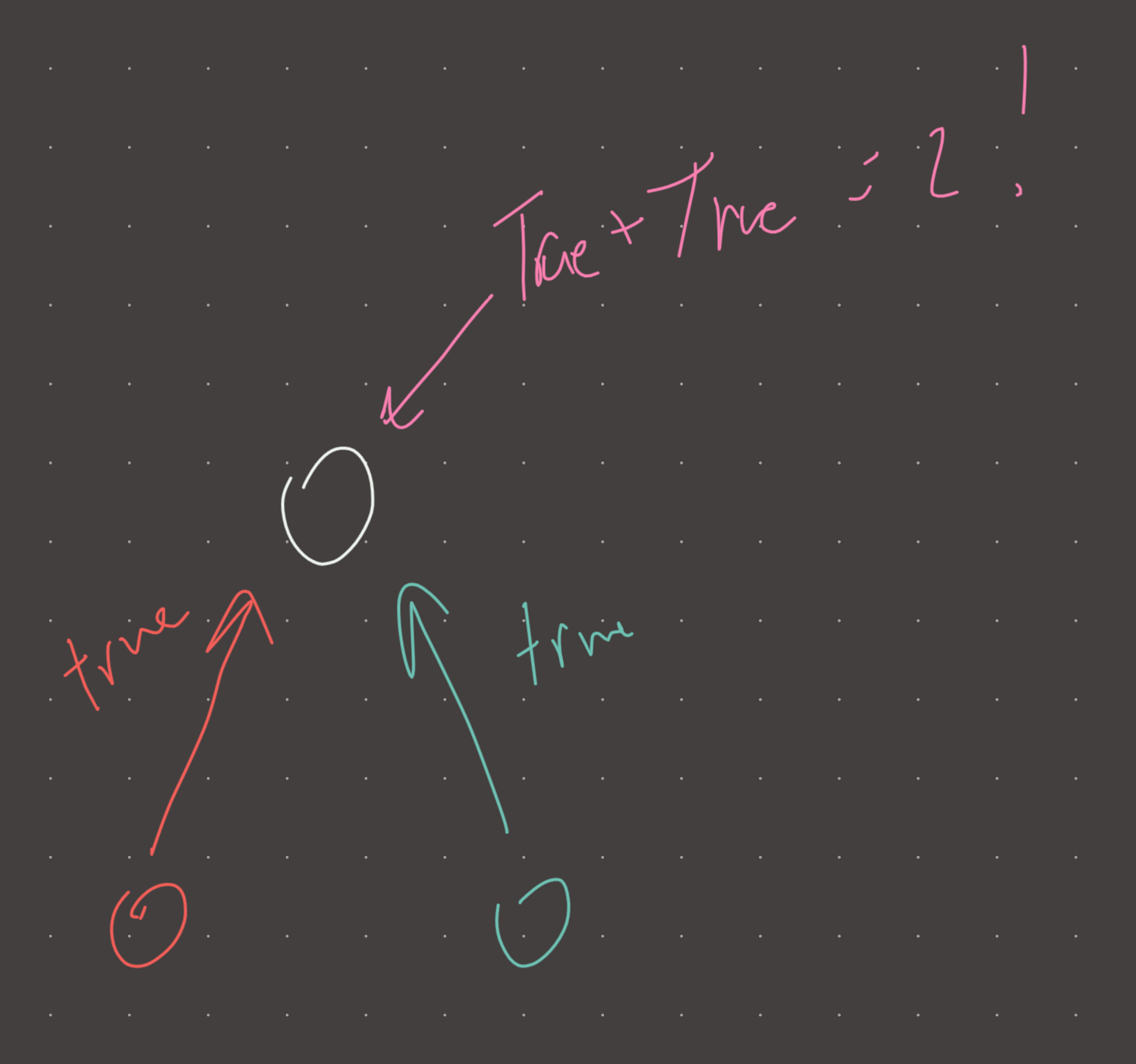Link: https://leetcode.com/problems/lowest-common-ancestor-of-a-binary-tree/
Solution:
Topics: DFS
Intuition
This is not the most difficult tree problem, but the implementation can become very bloated without the right strategy. The idea is to propagate either True or False up to the parent node (True if the node is either p or q, False otherwise). So if the returned values of left and right branches are both True, then this is the parent node.
A notable edge case is if the current node is itself the lowest common ancestor…in which case we, must account for that. Python supports boolean addition (False = 0, True = 1) , which allows for an extremely clean implementation here.
Implementation
def lowest_common_anc(self, root, p, q):
self.res = None
def dfs(node):
if node is None:
return False
left = dfs(node.left)
right = dfs(node.right)
current = (node == p) or (node == q)
if left + right + current == 2:
self.res = node
return current or left or right
dfs(root)
return self.res
#time: o(n)
#memory: o(n)Mnemonic
You are turning on a faucet. You turn on the cold water, and then the hot water. The faucet is the lowest common ancestor for the cold and hot stream.
Visual

Review 1
Nice problem. Don’t forget to propagate the result of left/right up the tree! The implementation above is pretty clever, gotta say.